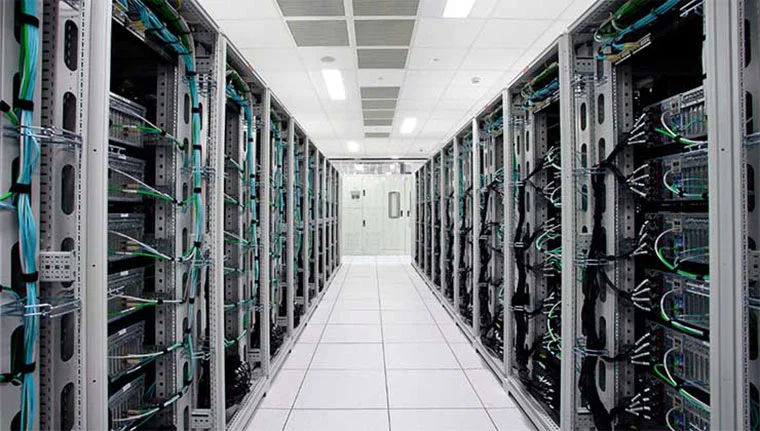Businesses planning to scale infrastructure often consider the option to buy Refurbished Data Center Servers as a strategic and budget-friendly move. But not all refurbished servers are created equal—especially when they’re destined for mission-critical workloads in a data center environment.
To ensure long-term performance, compatibility, and ROI, it’s important to evaluate specific factors before making a purchase. Here’s what you should always look for when buying a refurbished data center server.
1. Certified Refurbishment Process
Avoid generic or lightly-used servers with no documented refurbishment. A true certified refurbished server should go through:
- Full hardware diagnostics
- Replacement of faulty components
- Firmware and BIOS updates
- Thermal testing and load validation
- Clean assembly and packaging
Vendors should also include quality certifications or test reports to prove the server is restored to enterprise-ready standards.
2. Compatibility with Existing Infrastructure
Your refurbished server must integrate seamlessly with your current data center setup. Key things to check:
- Rack size and form factor (1U/2U/4U compatibility)
- Networking ports (1G, 10G, 25G Ethernet)
- Storage interfaces (SAS, SATA, NVMe)
- Operating system support and virtualization readiness (e.g., VMware, Proxmox)
Mismatch in these areas can cause major delays in deployment and cost you more in retrofitting.
3. Vendor Reputation and Warranty
Never overlook who you’re buying from. Reliable refurbishers:
- Have years of industry experience
- Offer warranty support (6 to 36 months)
- Share burn-in and test documentation
- Provide enterprise support services if required
Reviews, certifications, and return policies are a good way to assess vendor credibility. Look for vendors who specialize in data center infrastructure—not just general IT resellers.
4. Lifecycle and Upgrade Potential
Refurbished servers are usually 1–5 years old. Check the model’s original release date and make sure:
- Replacement parts are still widely available
- Memory and storage can be expanded as needed
- It supports current OS and hypervisors
- Power supplies, fans, and CPUs are field-replaceable
Buying a server that’s already at the end of its lifecycle might save money upfront—but could cost more in the long run.
5. Power Efficiency and Cooling
Power and cooling matter a lot in a data center. Many refurbished servers still offer:
- 80 PLUS Platinum or Gold power supplies
- Redundant PSU configurations
- Efficient thermal designs with smart airflow controls
- Energy Star compliance or similar ratings
These features help reduce ongoing utility costs and improve server longevity.
6. RAID and Storage Configuration
Refurbished data center servers should support enterprise storage configurations:
- RAID controllers (RAID 0/1/5/10/50)
- Hot-swappable drive bays
- Mixed storage support (HDDs, SSDs, NVMe)
- Optional HBA or SAS expansion
This allows flexibility whether you need raw storage, high IOPS, or secure data redundancy.
7. Support Services and SLAs
In a mission-critical environment, post-purchase support is crucial. Look for vendors who offer:
- Remote diagnostics
- On-site support (for large deployments)
- Advanced replacement for failed parts
- Asset management and inventory tracking
This can significantly lower downtime and reduce the internal IT workload.
Final Thoughts
Choosing the right refurbished server for your data center requires more than just comparing prices. It’s about ensuring performance, scalability, and long-term support.
With the right checks in place, Refurbished Data Center Servers can power your infrastructure reliably—at a much lower cost than buying new.
Now is the right time to buy refurbished data center servers from trusted vendors and build a high-performing, budget-conscious infrastructure.

